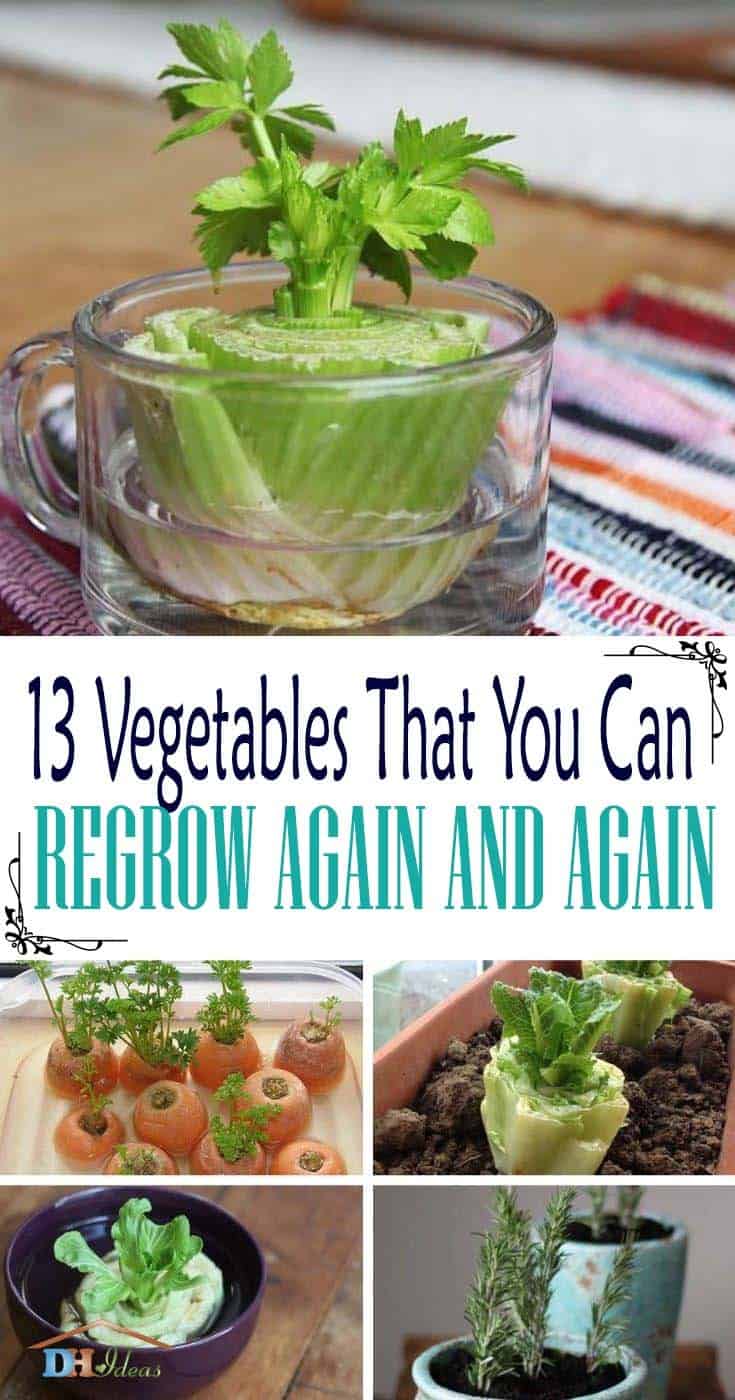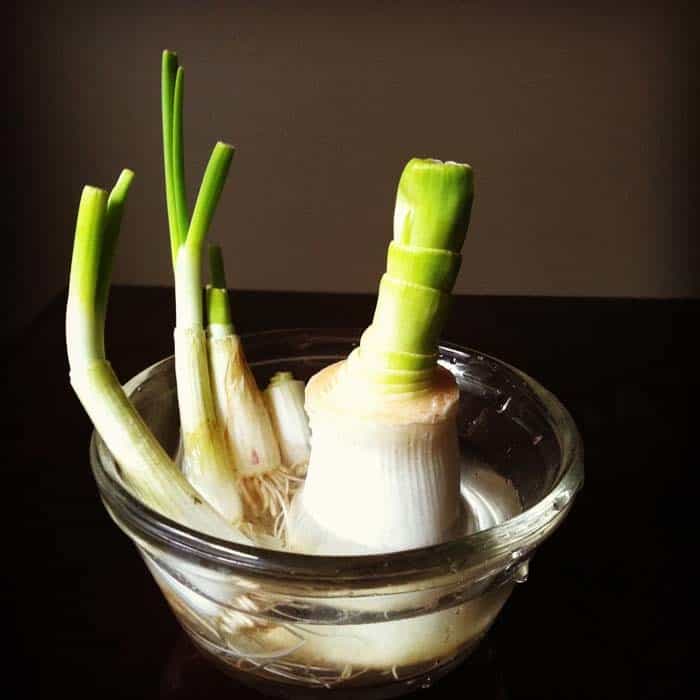Discover the art of regrowing vegetables from kitchen scraps. This innovative approach to sustainable gardening allows you to cultivate your own food with minimal effort, often requiring just a container of water. Whether you’re looking to reduce waste or create a thriving garden in a small apartment, regrowing is an accessible and rewarding way to grow your own produce. To get started, focus on choosing vegetables that can be repeatedly harvested, such as the 13 options outlined below.
Basil
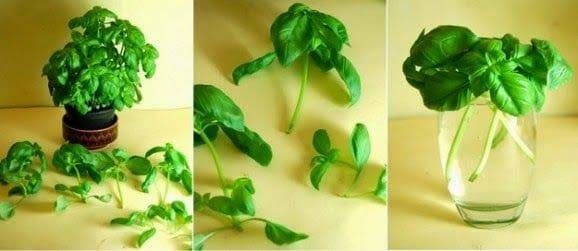
If you have some fresh basil cuttings at your disposal, take advantage of their incredible regenerative abilities. Simply place them in a glass of water and position it in a bright spot with moderate warmth. With regular water changes every 3-4 days, you’ll be amazed as the stems develop their own root systems from the bottom up. Once roots reach about 2 inches in length, you can transplant the stems into pots to create brand-new basil plants.
This clever technique allows you to multiply your basil harvest and enjoy a bountiful supply of this popular herb.
Romaine Lettuce
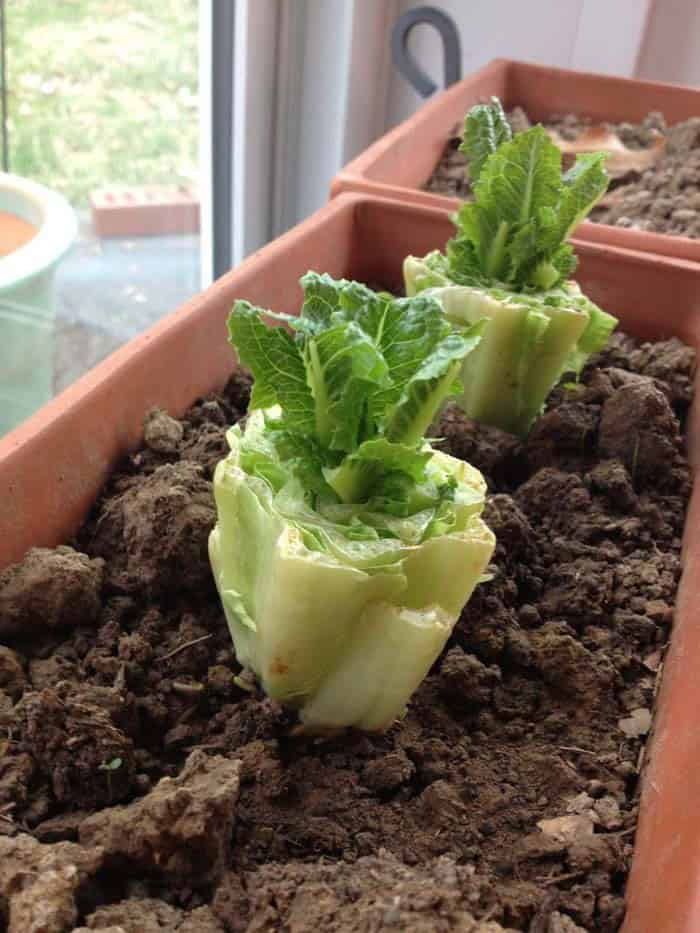
To maintain a steady supply of fresh greens, consider regrowing romaine lettuce in your planter. This process is surprisingly straightforward, requiring only a planter, some soil, and a bit of patience. Simply prepare the soil by stripping away any excess leaves from a romaine heart, then gently press the remaining core into the dirt, leaving about two inches above the surface. With proper care, new leaves should begin to sprout within two weeks, providing you with a continuous harvest.
Carrots
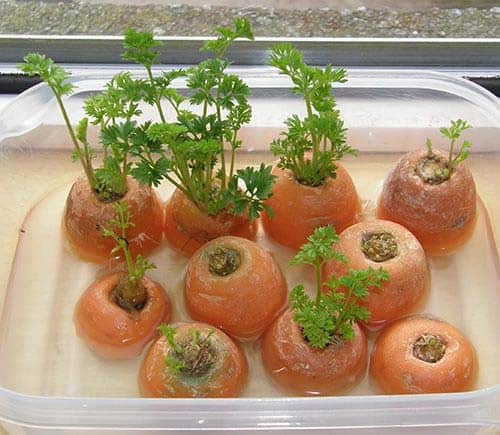
Savour the taste of self-sufficiency by experimenting with novel salads and garnishes using the fresh carrot greens that sprout from your homegrown carrots. Simply place the carrot top in a shallow dish filled with water, adding more as needed to keep the soil moist. As the sun shines down, the greens will begin to emerge, filling the air with an earthy sweetness. For optimal results, position the dish in a spot that receives ample sunlight, and watch your culinary creativity flourish.
Green Onion
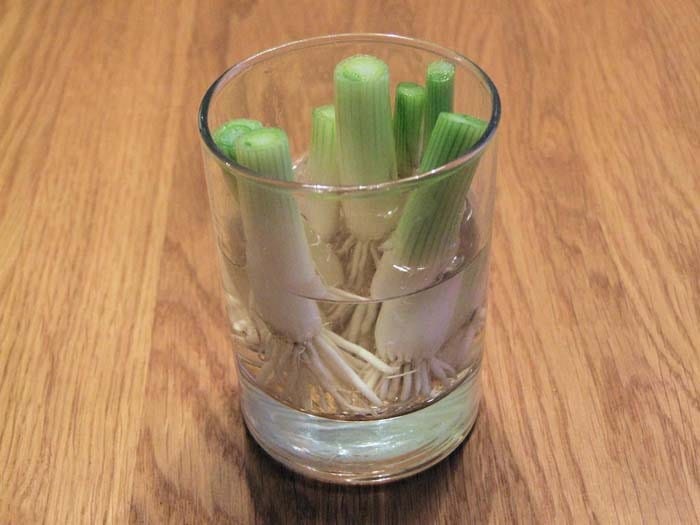
Revive the flavor of green onions without breaking the bank! Instead of purchasing them from stores, try propagating your own by cutting off the bottom 3 inches of a bunch and placing the cuttings in a glass of water. As the fresh green onions grow, you can harvest the tops every 10-14 days for a continuous supply. Or, take it a step further and plant the stems directly into soil for unlimited regrowth. With this simple method, you’ll be enjoying homegrown green onions in no time.
Garlic
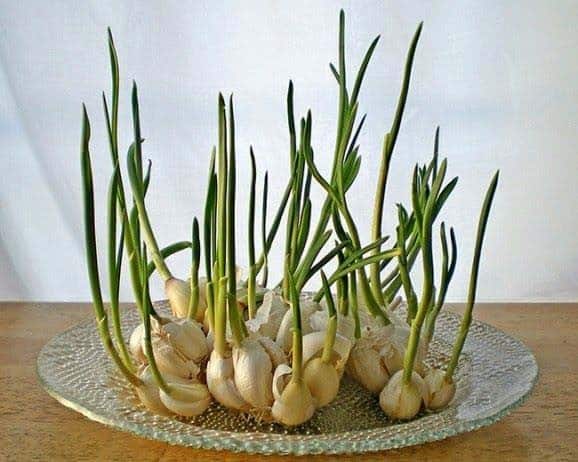
Transform your seasoning game by cultivating garlic sprouts from fresh cloves. To get started, simply peel a batch of garlic cloves and place them in a clear glass jar. Fill the jar with just enough water so that the bottom tips of the cloves are submerged. With adequate sunlight and warmth, the cloves will develop roots and grow tall green shoots. Once mature, harvest the sprouts by cutting them off at the base, then chop them up and use them as you would green onions.
Celery
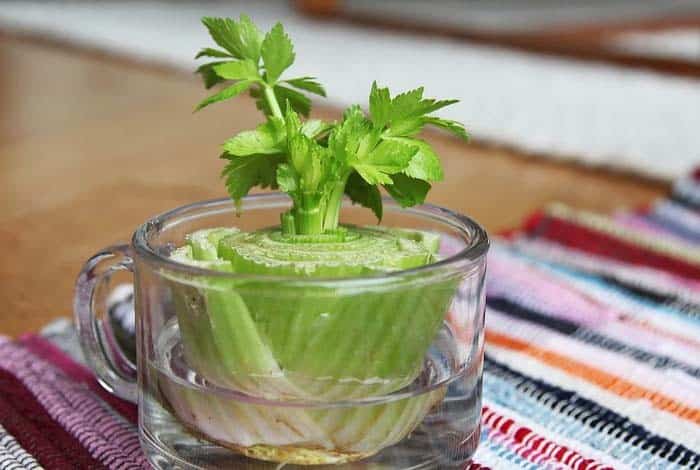
If you’re familiar with incorporating celery into various dishes like soups, salads, and casseroles, here’s a little-known secret: you can actually regrow it and never purchase celery again. To do this, cut off the base of the celery stalk and place the bottom in a shallow saucer of water for about a week. As the days pass, tiny leaves should begin to emerge from the center. Once these sprouts appear, plant the celery in a can or pot using soil that covers everything except the new growth.
Keep the soil consistently moist, and you’ll have a reliable supply of fresh celery at your fingertips.
Cilantro
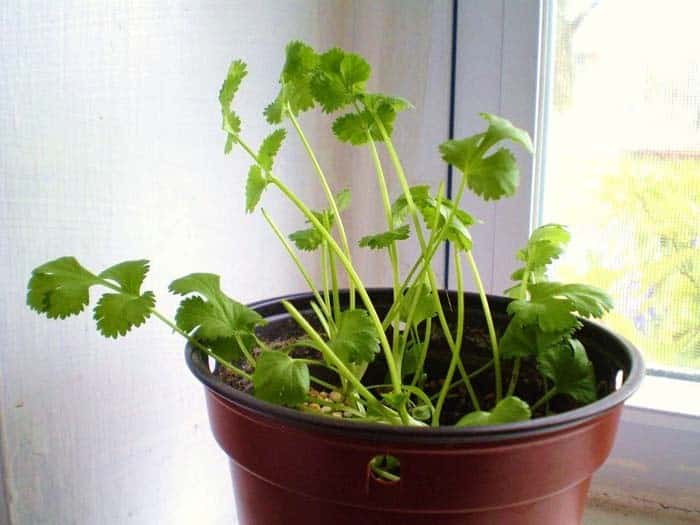
To successfully regrow cilantro, follow a similar process to regrowing basil cuttings. Simply place the stems in water and allow roots to develop. For those living in colder climates, once the plants have established themselves, transfer them to a flower pot where they can thrive until warmer weather arrives. Ultimately, for optimal flavor, transplant the rooted cilantro into your garden when the seasons change.
Bok Choy
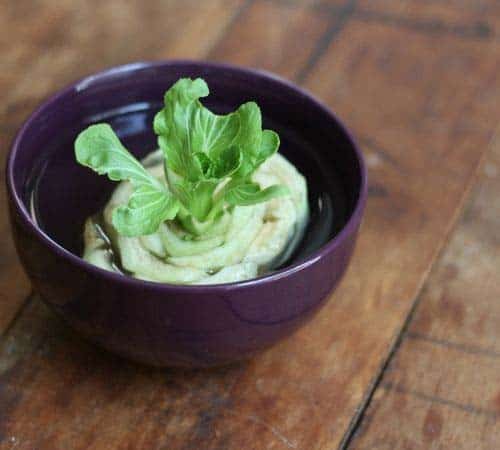
Bok choy is renowned for its remarkable ability to regrow from a single bunch. Simply submerge the base of the vegetable in water, and it will rapidly produce new leaves within approximately seven days. As soon as you notice about an inch of fresh growth, transfer the plant to a pot filled with soil. Similar to celery, bok choy will continue to produce new leaves continuously, providing a constant supply for your kitchen. To ensure its continued health, make sure to provide regular watering.
Lemongrass
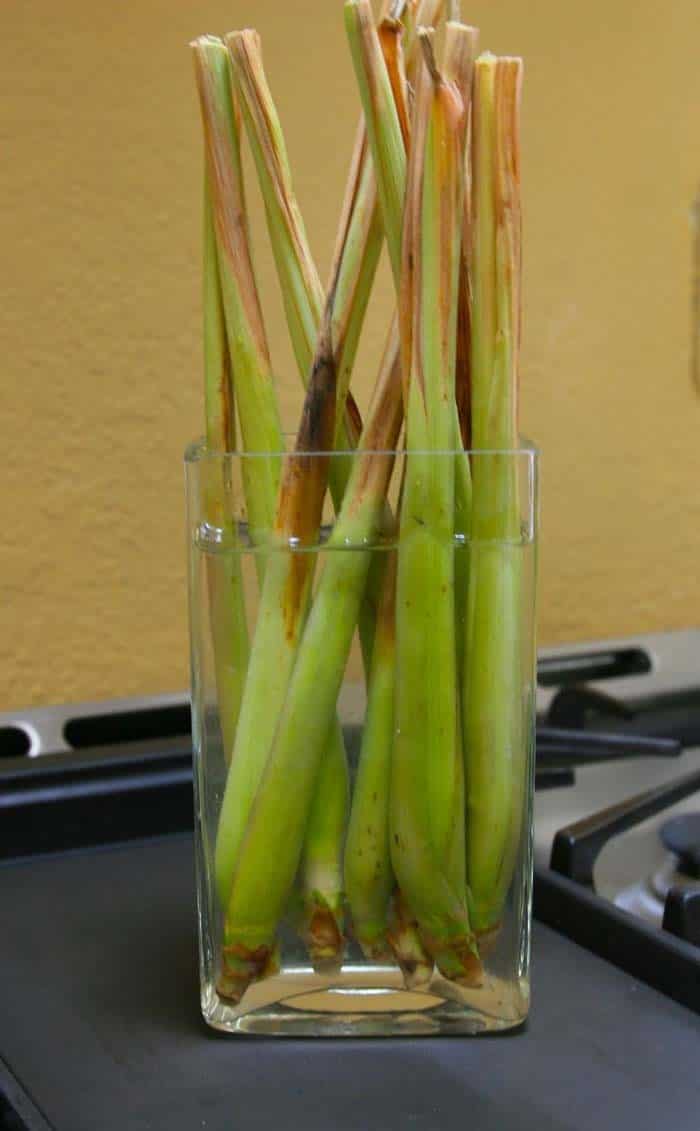
Lemongrass is an essential component of Southeast Asian cuisine, and you don’t need to break the bank to incorporate it into your cooking. Simply purchase one bunch and use it to its full potential at home. Once you’ve finished using the lemongrass, place the stalks in a vase filled with water, leaving enough room at the bottom for any roots to develop. This will allow the stalks to grow up to 2 inches long, making them ready for transplanting into a pot or outdoor bed.
Ginger
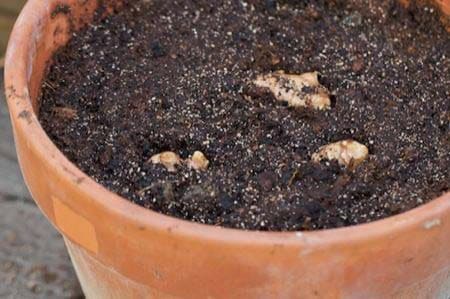
If you’ve ever bought whole ginger roots at the store, you might want to try growing your own. To get started, look for fresh and plump roots when you’re shopping next time. Soak the root in water for around 12 hours before planting it in a pot with enough soil that only the tips of the roots are exposed above ground. With proper care and regular watering, you can expect to wait several months before your ginger is ready to harvest.
But the payoff will be worth it – once your ginger has established itself, you’ll have a bountiful supply of underground stems that you can use to take cuttings from.
Sweet Potato
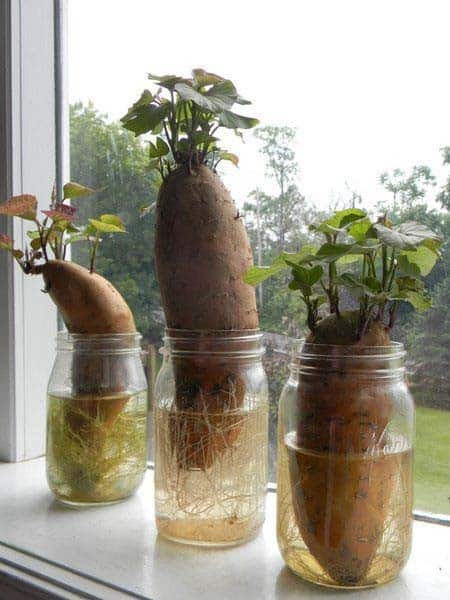
Regrowing sweet potatoes with kids can be an incredibly rewarding experience. By placing a potato in a jar of water, you’ll be amazed at how quickly the top sprouts leaves and the bottom develops a full root system. As soon as those leaves reach 5 inches tall, you can harvest them by cutting off the stems, then plant the resulting roots into separate jars of water.
Eventually, these leafy greens will mature into new sweet potato plants, allowing you to grow an entire garden from just one original potato. This innovative process is a great way to engage kids in gardening and teach them valuable lessons about growth and sustainability.
Onion
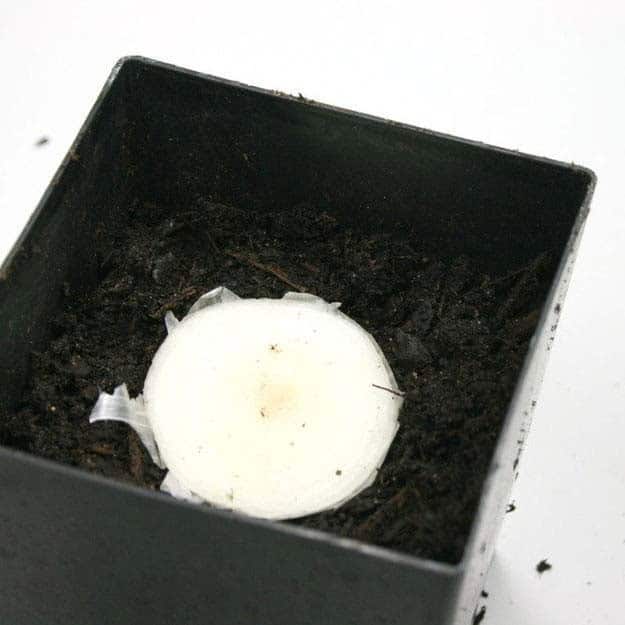
Before discarding the base of an onion after cutting off its top, consider giving it a second life. With some soil and regular watering, this seemingly useless part can sprout leaves and roots, allowing you to grow your own onions without additional expense. Simply plant the sprouted onion in a suitable outdoor location and enjoy a continuous harvest of fresh, homegrown onions.
Leeks
One of the most straightforward vegetables to regrow is the humble leek. Its natural roots mean it’s already primed for successful re-growth. To get started, simply trim the roots off the stalk, leaving about an inch or two intact. Place the trimmed root in a glass filled with water and position it in a warm, well-lit area. As the weeks pass, your leeks will be ready to transplant into the great outdoors.
But even if you don’t have an outdoor garden, there’s no need to despair – the new leaves will begin to emerge from the glass, providing you with a continuous harvest.
Rosemary
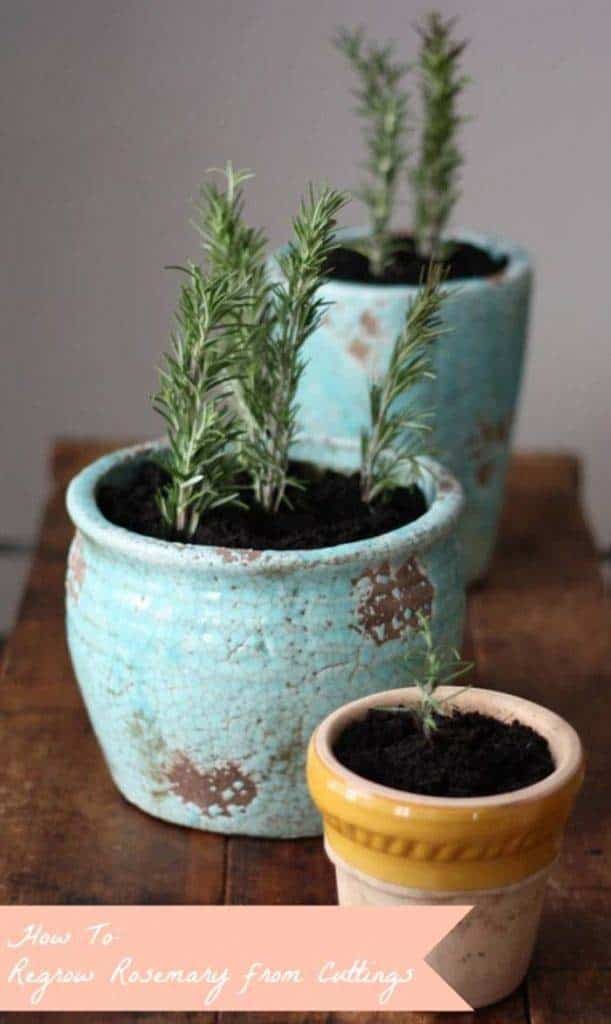
Rosemary is a culinary delight that adds fragrance and flavor to any dish. Moreover, it’s incredibly easy to propagate this herb through simple cuttings. By doing so, you can bypass expensive plant purchases and cultivate your own kitchen garden. The process may take months, but patience is rewarded with the growth of new roots when a cutting is placed in water. Regular water changes are crucial for successful rooting. Once rooted, pot each cutting to enjoy a thriving herb garden.
Lemon Balm
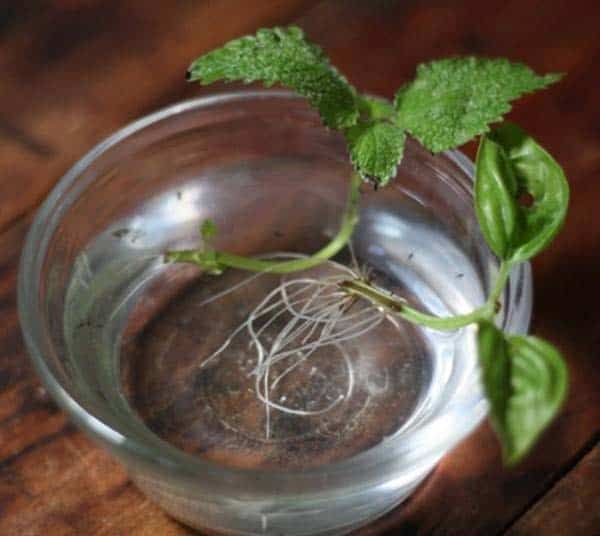
Lemon balm’s versatility is undeniable, yet its scarcity and potentially high cost can be frustrating. Fortunately, regrowing this herb from cuttings is a straightforward process that doesn’t require specialized knowledge or equipment. Simply place an individual cutting in a cup of water, and wait for it to sprout roots – a process that typically takes around one month.
Once rooted, the new plants can be easily transferred to small pots, allowing you to cultivate multiple varieties simultaneously. With this approach, you’ll have access to a constant supply of fresh lemon balm leaves before long.
